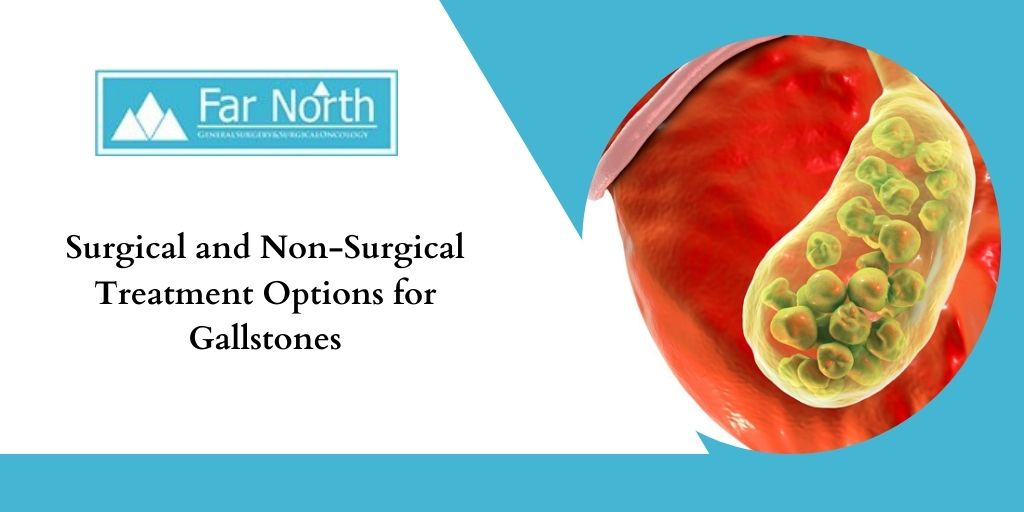


The gallbladder is a small, pear-shaped organ located on the right side of your abdomen, just below the liver. Gallstones are hardened deposits that form in your gallbladder when your bile contains too much cholesterol. Symptomatic gallstones usually require gallbladder removal surgery, whereas asymptomatic gallstones do not require treatment.
There are essentially two types of gallstones:
Depending on your gallstone type and overall health condition, your doctor may choose to perform surgical or offer non-surgical treatments.
Cholecystectomy (surgery to remove the gallbladder) is the most common method to treat pigment gallstones. Your doctor may perform the surgery either laparoscopically (minimally invasive) or invasively under general anesthesia.
About 3 or 4 small incisions are made in the abdomen, and then a thin, tube-like instrument with a light and lens is inserted through one of the incisions to remove your gallbladder. You can go home on the same day and resume your routine activities in a week.
This surgery is performed when your gallbladder is severely infected, inflamed, or scarred from other surgeries or if problems occur during laparoscopic cholecystectomy. During the procedure, your doctor will make larger incisions in your abdomen to remove your gallbladder. You may need to stay in the hospital for a week for further observation. It can take a month to recover and get back to your normal activities.
Your doctor may recommend any of the following non-surgical procedures if you have cholesterol stones and cannot undergo surgery due to underlying medical conditions.
Follow a Healthy Dietary Plan
You can reduce your risk of developing gallstones by following a healthy and well-balanced diet. The following are some food items that you may consider incorporating into your diet:
Some Other Tips to Keep Your Gallbladder Healthy:
If you are looking for gallstone treatment near Anchorage, AK, contact us today!